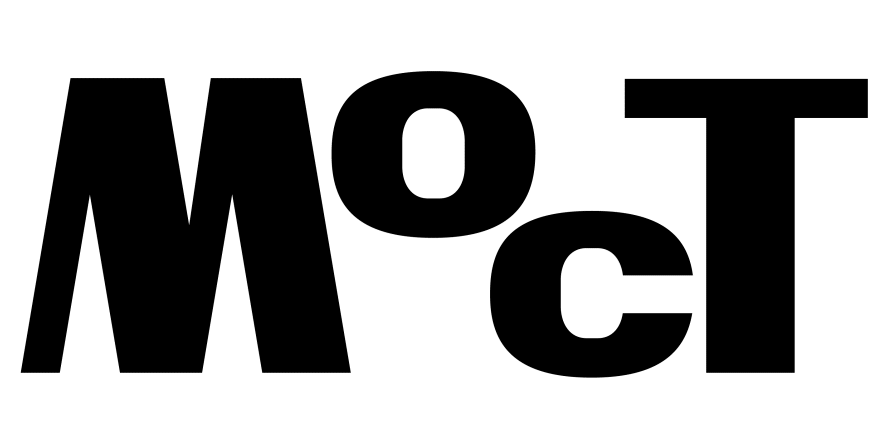Ewa Borysiewicz
Federico Campagna, in his lecture on the metaphysics of distance – where he invoked, among other thinkers from the past, the Persian philosopher Mullā Ṣadrā, active in the 16th and 17th centuries – stated that “A wise man looks with both eyes.” With one eye we perceive others as infinitely distant, encountering their individual experiences as profoundly foreign and unreachable. With the other, we recognize their closeness – as beings made of the same substance, infused with the same fragment of the divine as ourselves. True proximity, Campagna suggested, emerges only when we embrace both our infinite separation and fundamental unity. In the second part of his talk, Campagna emphasized that our version of reality is only a fragment of its totality, and therefore partly reflects its complexities. Our perception of the world unfolds entirely within us – shaped by cognitive limitations, cultural frameworks, and neurological conditions. Thus, the world we inhabit is neither strictly true nor entirely false but rather exists as a narrative fiction. Navigating this fiction demands careful balance: believing too intensely can transform concepts into issues worth dying (or killing) for, while excessive skepticism leads to cynicism and undermines the metaphysical value of existence itself.
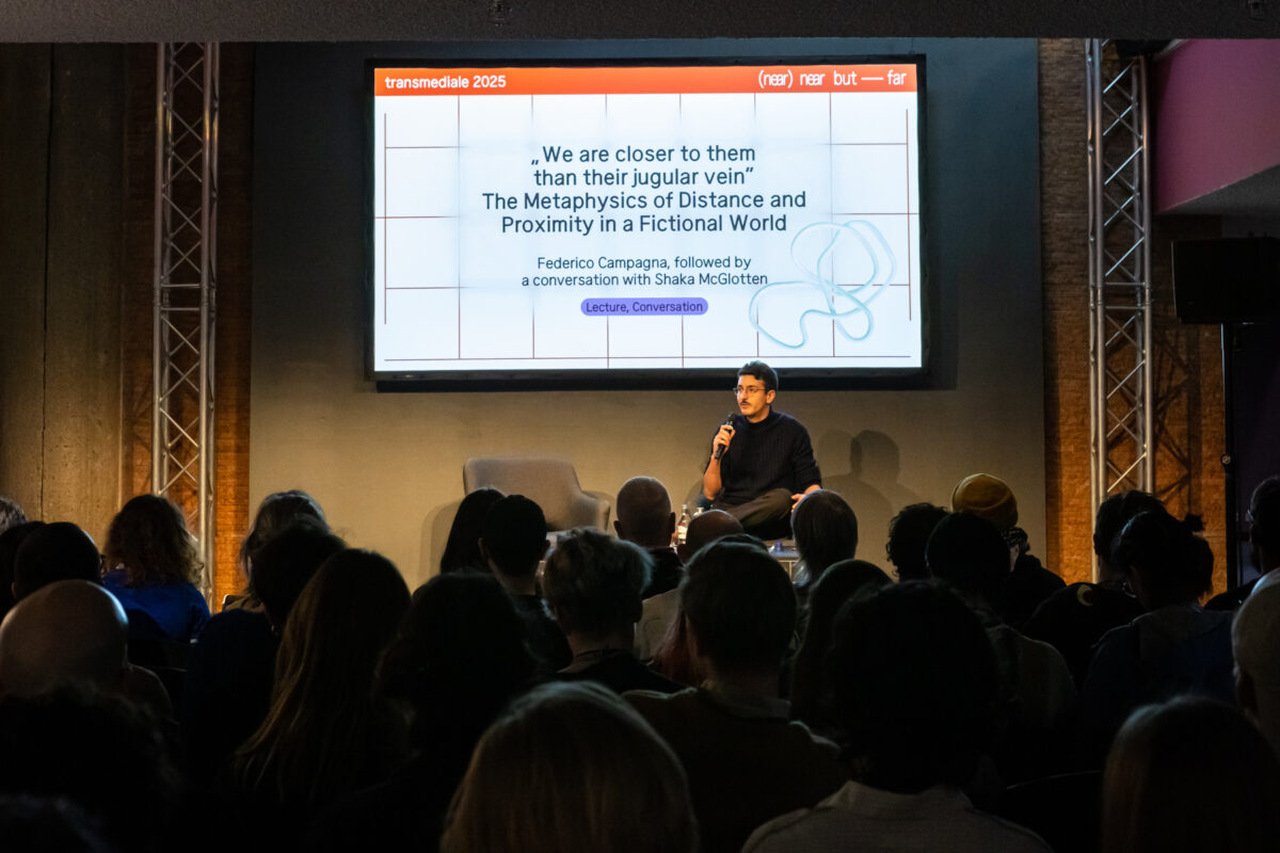

Campagna’s lecture was among the most compelling contributions to this year’s transmediale festival, aligning thoughtfully with its central theme (near) near but—far. Curated by Ben Evans James and Elise Misao Hunchuck, the festival centered on the complex relationships of closeness and distance mediated by algorithms, interrogating how digital technologies simultaneously connect and isolate us in today’s world and how they redefine the very cores of intimacy, kinship, and interdependence.
Following a series of close-knit workshops at Silent Green, the public program of this year’s transmediale unfolded at the Haus der Kulturen der Welt, where lectures, screenings, and performances critically examined the multifaceted theme of proximity. The festival’s expansive program tackled the concept through diverse lenses and levels – personal and scientific, philosophical and artistic – presenting an array of perspectives that illuminated the nuances inherent in contemporary relationships shaped by digital mediation.

The screening section stood out as particularly engaging, with video contributions marked by speculative, humorous narratives and experimental takes, proving to be most effective in illuminating the many aspects of transmediale’s theme. Notable works included Nicolas Bailleul’s The Look for Sit Down, an auto fictional documentary tracing the author’s deep dive into the history and agency of the gaming chair. On a more speculative note, 업체eobchae’s Rola Rolls envisioned a surreal yet eerily convincing scenario in which humans develop new tire-like appendages to become power-generating entities. Meanwhile, Maud Craigie’s Placing provided an unsettlingly plausible commentary on the gig economy’s future, imagining a world where casual conversations are subtly monetized through brand mentions. Collectively, these artistic contributions underscored the impossibility of maintaining traditional binaries between the digital and physical worlds and the often paradoxical coexistence of authenticity and artificiality in contemporary life. It was precisely through their status as artworks that the video contributions emerged as some of the festival’s most persuasive elements, resonating closely with Campagna’s previously mentioned lecture on reality as narrative fiction. Fiction allows us to reshape and reimagine our perceived realities – and art, in my view, remains one of the most powerful tools to achieve this transformation.
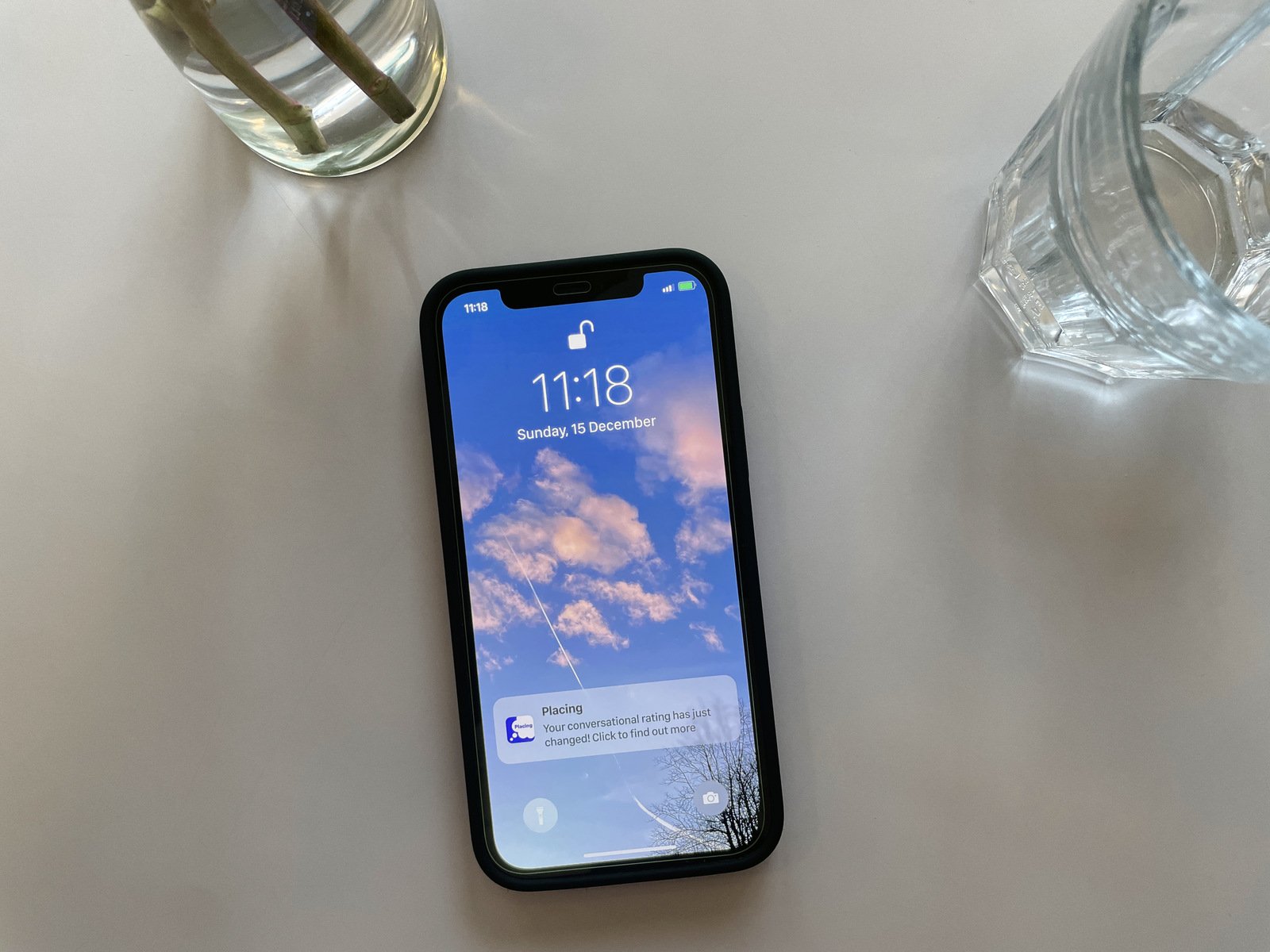
The discursive turn of this year’s transmediale was particularly evident, with a significant portion of the festival dedicated to lectures and panel discussions on subjects spanning from queer media tactics (Cait McKinney, David Isaac Hecht, Alex Martinis Roe, Alexandra Juhasz), the brain’s internal sense of navigation (Laura Kurgan) to the affective and haptic qualities of running (Lindsey A. Freeman). Adding an additional theoretical layer, Olga Goriunova’s lecture, Ideal Subjects: Abstract People in Data and Culture, investigated the increasing reliance on statistical abstraction in shaping cultural norms. Drawing on the metaphor of ancient Greek statues, which amalgamated the most idealized features from multiple models into an unattainable ideal, she argued that contemporary data culture constructs similar abstract norms to which most individuals are expected to conform. While Goriunova’s perspective focused primarily on the individual’s relationship with algorithms and data, Mercedes Bunz expanded this conversation to the collective dimension. Bunz analyzed how personal devices, through their extensive data collection systems, have transformed surveillance from the centralized panopticon into what is today’s distributed, decentralized synopticon. She suggests that the potency of this surveillance model resides not only with corporate giants like Google but also within grassroots digital collectives, whose data activism and alternative licensing strategies demonstrate possibilities for reclaiming collective agency. The presumed objectivity and teleological innocence of technology was critically examined by Nelly Y. Pinkrah, who discussed how technological progress is inherently intertwined with histories of violence. Citing Fred Moten’s evocative phrase – “Out of the whipping machine comes the drum” – Pinkrah emphasized that technology often emerges from or is accelerated through violence. She advocated for a critical reflection on these embedded yet often invisible histories, urging active transformation and engagement with these legacies to foster new ways of communal interaction and shared existence.
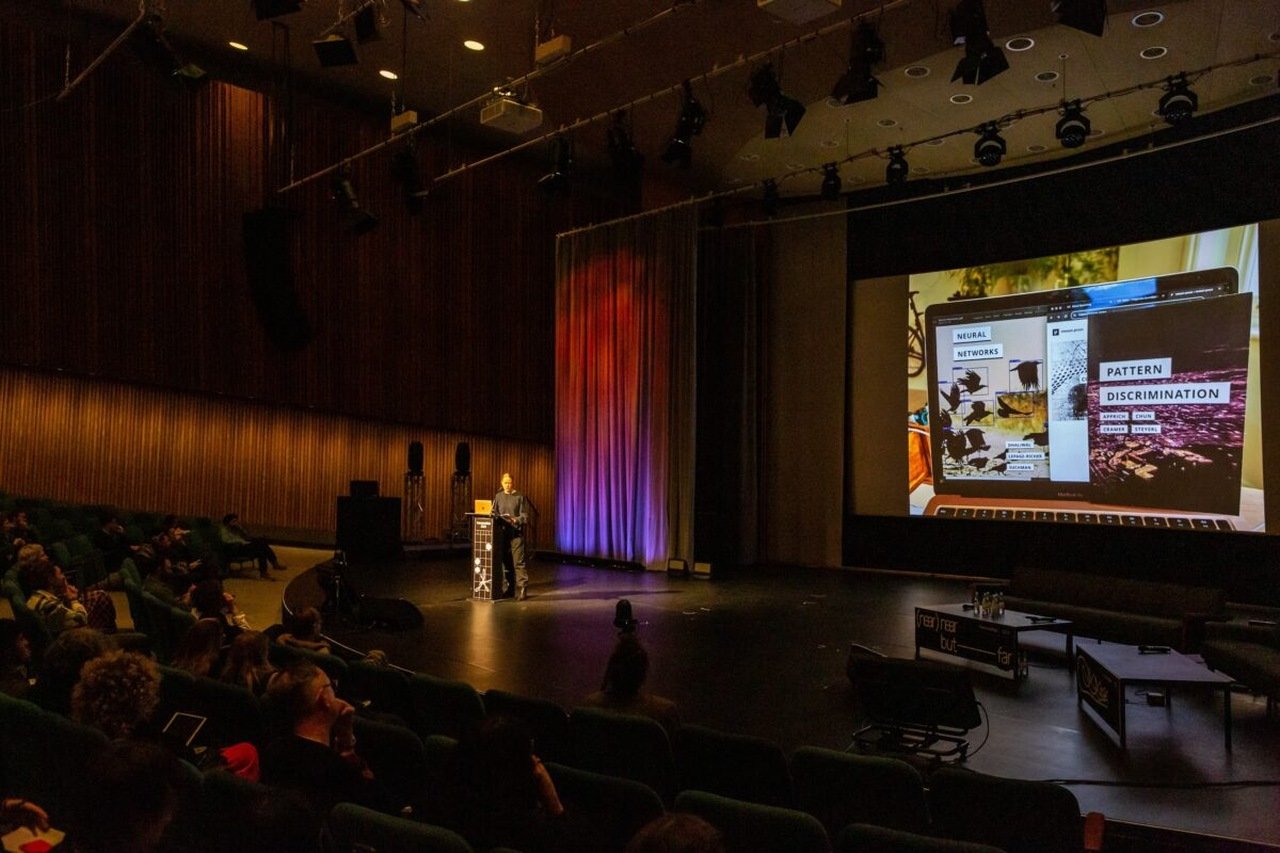

Although each contribution at transmediale 2025 offered compelling insights into how technology reshapes human relationships, the festival struggled to form a coherent curatorial narrative. Despite the conceptual promise of exploring closeness and proximity, the overarching vision often felt fragmented and elusive. Individual presentations, though engaging on their own, appeared disconnected, creating a sense of isolation rather than dialogue. The themes of closeness and proximity, central to the festival’s theoretical ambitions, remained abstract and distant in practice. An exception to this pattern was Tobi Haslett’s talk, On a Painting by Hamishi Farah, which situated the festival and its underlying assumptions within the broader context of Germany’s current cultural climate. Haslett addressed institutional frameworks through his analysis of a controversy surrounding Hamishi Farah’s painting depicting Joe Chialo, Berlin’s culture senator, who in late 2023, became notorious for attempting to require recipients of arts funding to waive their right to criticize the state of Israel. The painting, deemed “inappropriate,” was ultimately excluded from the exhibition at Berlin’s Haus der Kulturen der Welt during transmediale although it was allowed to be used as a prop for the lecture. Haslett, speaking with the painting in front of him, used this exclusion to explore deeper issues of power, representation, and censorship in contemporary art, highlighting the inherent paradoxes faced by institutions that, despite intentions to challenge power structures, sometimes inadvertently reinforce them.


The fragmentation of the curatorial vision resonates with Mark Fisher’s critique of contemporary futurology, where radical or transformative potentials are frequently neutralized by dominant political and economic systems. Although Fisher articulated these concerns in the late 2000s, they remain strikingly relevant today, as our attempts to envision the future are continually overshadowed by immediate realities. The lack of a traditional exhibition at this edition, criticized by many in the artistic community[1], further underscored the festival’s conceptual challenges. Physical artworks were notably scarce, limited to installations by Hana Yoo and Felicity Hammond, placed in the main hall of Haus der Kulturen der Welt and activated only occasionally.
Nevertheless, art retains its power as a vehicle for imagining alternative realities beyond dominant ideologies, a sentiment clearly evident in Federico Campagna’s insightful lecture. Although deeply rooted in philosophical traditions from the past, Campagna’s reflections – especially regarding the potential and importance of fiction – felt profoundly contemporary. The festival thus subtly underscored the notion that reality itself has always been constructed, suggesting that even if something isn’t strictly “real,” it can still hold deep significance and value.
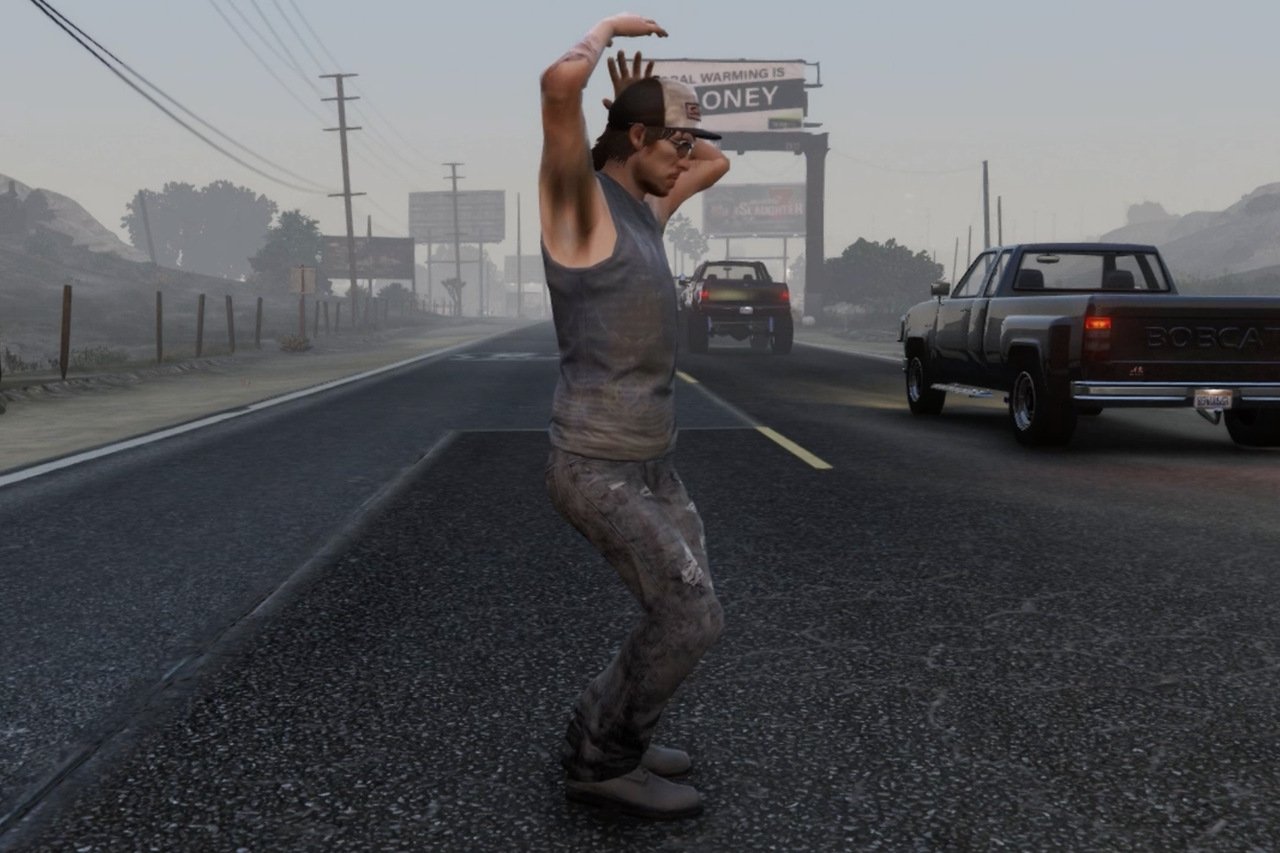

[1] https://art-leaks.org/2025/02/04/open-letter-why-is-transmediale-not-hiring-a-new-artistic-director/
Contributors: Hana Yoo, Felicity Hammond, Hamishi Farah, Ali Akbar Mehta, Samra Mayanja, Bhenji Ra, Tati au Miel, SUUTOO, Laura Kurgan, 2girls1comp, Nina Davies, Federico Campagna, Cait McKinney, Sinthujan Varatharajah, Alex Martinis Roe, David Isaac Hecht, Sorowit Songsataya, Julian Oliver, Mercedes Bunz, Ren Loren Britton, Nelly Y. Pinkrah, Anna Engelhardt, Mark Cinkevich, Hulubalang, Silvio Lorusso, Ali El Darsa, DeForrest Brown, Jr., Ari Benjamin Meyers, Lého Galibert-Laîné, Thomas Keenan, Charlotte Zhang, Maud Craigie, eobchae, ZULI, Basir Mahmood, Portrait XO, Olga Goriunova, Chris Lee, Vivienne Griffin and Úna Monaghan
Exhibition Title: transmediale 2025: (near) near but — far
Curated by: Elise Misao Hunchuck, Ben Evans James
Venue: Haus der Kulturen der Welt; silent green Kulturquartier
Place (Country/Location): Berlin, Germany
Dates: 29.01-02.02.2025
Photos: All images courtesy of transmediale.
